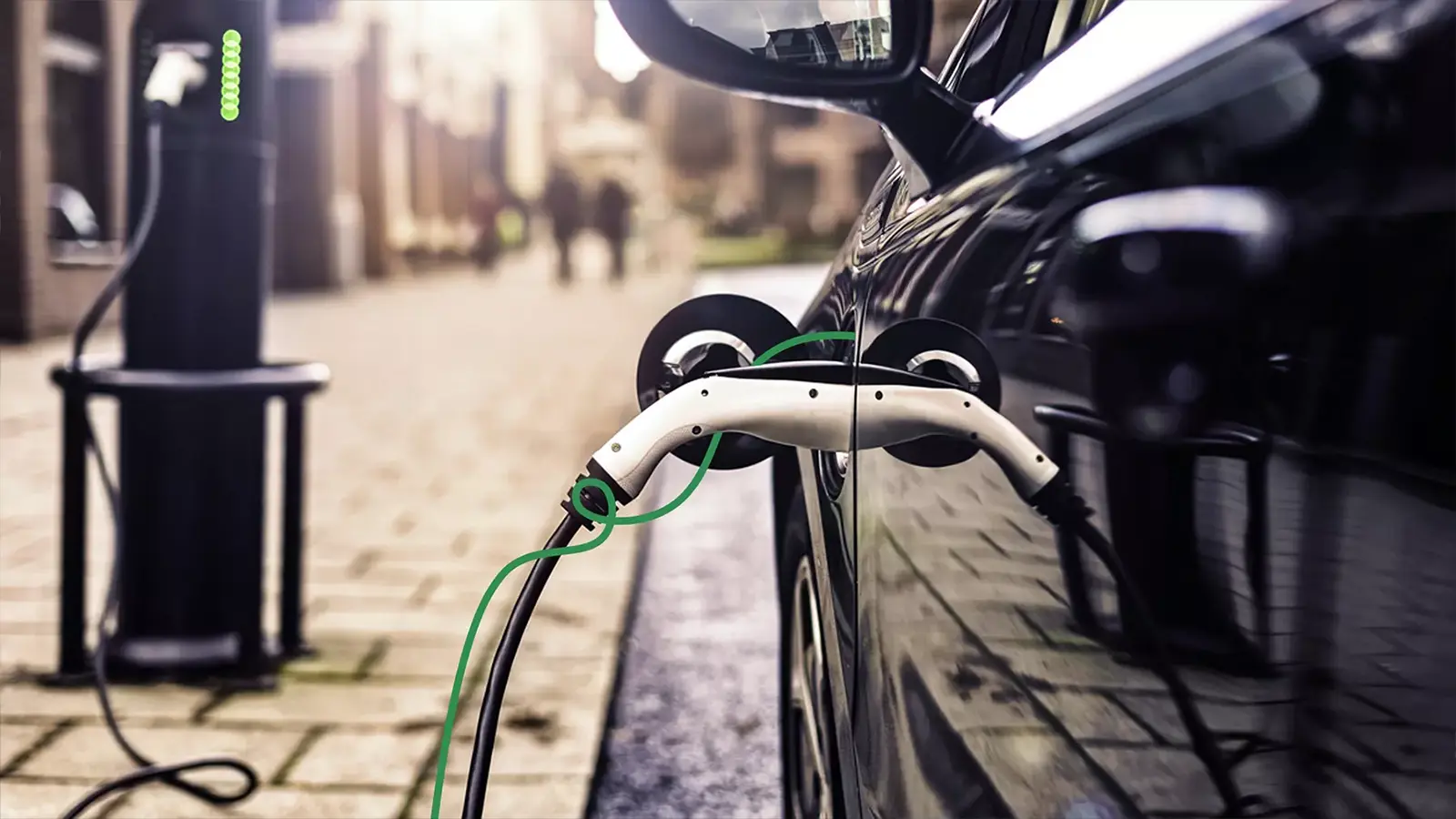EPA Estimated Range
When shopping for an electric vehicle (EV), one of the most prominent numbers you’ll see is the EPA estimated range. It’s a standardized figure used to help buyers compare how far different EVs can go on a full charge. But what does that number really mean, and how is it determined?
This article explains how the U.S. Environmental Protection Agency (EPA) tests and calculates range, how the results reflect real-world performance, and what consumers should keep in mind when using those numbers to choose a vehicle.
What Is EPA Estimated Range?
The EPA estimated range is the official mileage a fully charged electric vehicle is expected to travel under a mix of driving conditions. This number appears on the window sticker of every new EV and helps consumers make apples-to-apples comparisons between models.
For example:
- A Tesla Model 3 Long Range (2024) is rated for 333 miles
- A Hyundai IONIQ 5 RWD (2024) is rated for 303 miles
- A Chevrolet Bolt EUV (2023) is rated for 247 miles
While actual range can vary, the EPA figure provides a standardized baseline.

How the EPA Tests EVs
To determine this number, the EPA requires automakers to submit test data based on a city and highway driving cycle using a process that simulates real-world driving. Automakers can either:
- Conduct the test themselves and submit results to the EPA for review, or
- Let the EPA perform the test independently at their lab in Ann Arbor, Michigan
The Standard Driving Cycles
The EPA estimates EV range using two primary test cycles that simulate different driving conditions:
- Urban Cycle (UDDS):
- Represents stop-and-go city driving and short trips
- Uses an average speed of 21.2 mph
- Highway Cycle (HWFET):
- Represents steady-speed highway driving
- Uses an average speed of 48.3 mph
Each test involves controlled sequences of acceleration, braking, and idling. Vehicles are tested on a dynamometer, which functions like a treadmill for cars, inside a climate-controlled lab to ensure consistent and accurate data collection.
The Calculation Formula
After completing the city and highway tests, the results are blended using a formula:
- 55% City + 45% Highway = Combined Range
Then, to better reflect real-world usage, the total result is multiplied by 0.7 to account for:
- Variations in temperature
- More aggressive driving styles
- Uneven terrain and elevation
- HVAC and accessory use
This downward adjustment helps ensure that published range estimates are conservative enough to match or exceed real-world expectations.
Optional High-Speed Testing
Some manufacturers opt to perform an additional five-cycle test, which includes:
- High-speed driving (up to 80 mph)
- Air conditioning use
- Cold temperature operation
- Rapid acceleration
If submitted, these results can be used to adjust the standard range estimate further. Tesla, for example, typically uses the five-cycle test, which may be why some of its models report higher-than-expected range compared to other brands tested with the default cycle.

Why Real-World Range Still Varies
Even though the EPA method is thorough, your actual driving range will still depend on:
- Driving behavior (speeding, hard braking, etc.)
- Weather conditions (extreme heat or cold)
- Elevation changes (hills and mountains reduce efficiency)
- Payload (passengers, cargo, roof racks)
- Charging habits (frequent fast charging or incomplete charges)
Learn more about how these factors affect your day-to-day range: How to Maximize Your EV Range and Why EV Range Drops in Cold Weather
MPGe vs. Range: What's the Difference?
While the EPA range tells you how far you can go on a full battery, MPGe (miles per gallon equivalent) tells you how efficiently a car uses its energy. You’ll often see both numbers on the same sticker.
- MPGe = efficiency
- EPA Range = total distance per charge
Final Thoughts
The EPA estimated range is a helpful tool when shopping for an electric vehicle, offering a reliable baseline to compare different makes and models. While it's not a guarantee of how far you'll drive on any given day, it’s a conservative, standardized metric designed to inform your purchase.
By understanding how the range is calculated, you’ll be better equipped to interpret vehicle specs, manage expectations, and choose an EV that fits your driving lifestyle.
Continue exploring EV Range fundamentals:
← Go Back: How EPA Estimated Range Is Calculated
Discover Next: Range Basics for EVs, Hybrids, and Hydrogen Vehicles →












